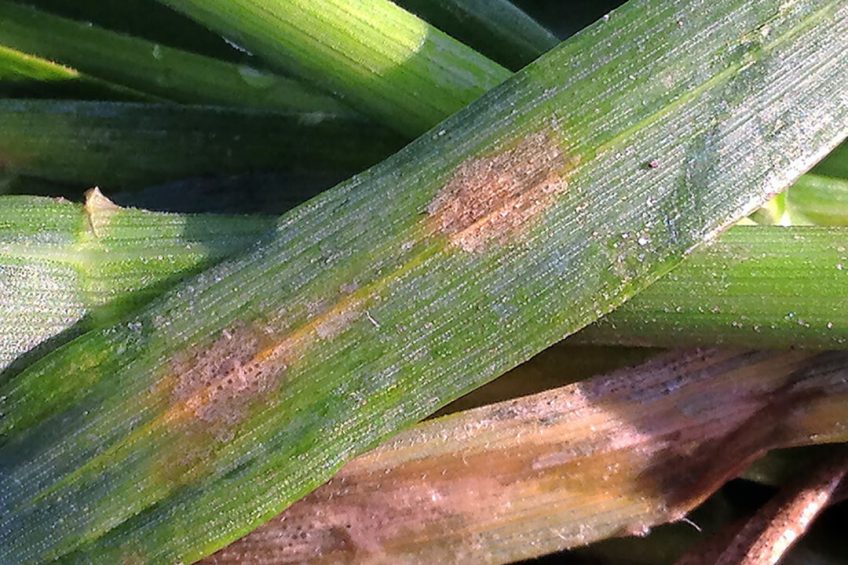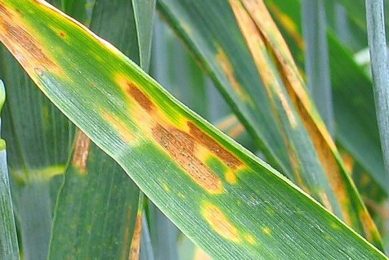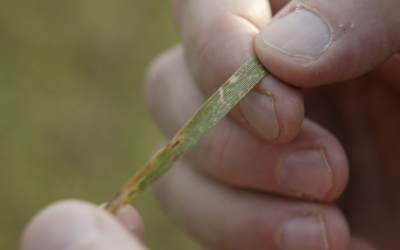Resistance gene makes wheat more resistant to Septoria

Researchers have introduced a gene in wheat to make the crop resistant to Septoria.
Whilst this is not a breakthrough, it has great practical value.”
Breeding is becoming an increasingly more important tool in the fight against pests and diseases as other crop protection products are under pressure. An international group of researchers has taken a major step forward in this regard for wheat cultivation by describing a resistance gene (Stb16q) and incorporating it into wheat. The researchers found that due to the introduction of this gene, the crop became resistant to leaf spot disease, otherwise known as Septoria. This makes it much easier for breeding companies to cross-breed the resistance gene into their wheat varieties via traditional breeding.
Resistance gene Stb6
Wageningen University & Research (WUR) is part of the research group. A resistance gene which makes wheat resistant to Septoria was already identified in 2011, says WUR researcher Ger Kema. “This concerns the resistance gene Stb6. This gene is found in many wheat varieties, but only offers protection against a limited number of isolates of Zomoseptoria tritici, the fungus which causes leaf spot disease.”
Great practical value
Resistance gene Stb16q is different, says Kema. “This gene offers the wheat plant much broader resistance to Septoria. The international consortium has successfully introduced the Stb16q gene into wheat. I do not want to refer to it as a breakthrough, but it does have great practical value, as the gene is now fairly easy to incorporate into commercial wheat varieties through breeding. As a result, growers will suffer less crop losses in the future and will require fewer crop protection products. However, the fact that this is a broad-acting resistance gene says nothing about how difficult it is for the fungus to break through the resistance.”
Mould pressure increases due to climate change
Fungal diseases in wheat thrive in wet weather, and climate change will increase the fungal pressure in certain regions of the world, making the steps the consortium has been able to take very significant. The group consists of the research institutes u; Wageningen UR; the US Department of Agriculture (USDA); ETH-Zurich University of Applied Sciences; and breeding company Florimond Desprez. Their findings were published earlier this week in Nature Communications.
Hundreds of millions in damages
Septoria is the third most important wheat disease worldwide, after rust and fusarium. Wageningen UR estimates that 5% to 10% of the wheat harvest in Europe is lost annually due to leaf spot disease. Worldwide, nearly € 1 billion is spent on fungicides every year to control Septoria in wheat. In France, the fungal disease costs the wheat sector between € 350 million and € 700 million annually.
 Beheer
Beheer








 WP Admin
WP Admin  Bewerk bericht
Bewerk bericht